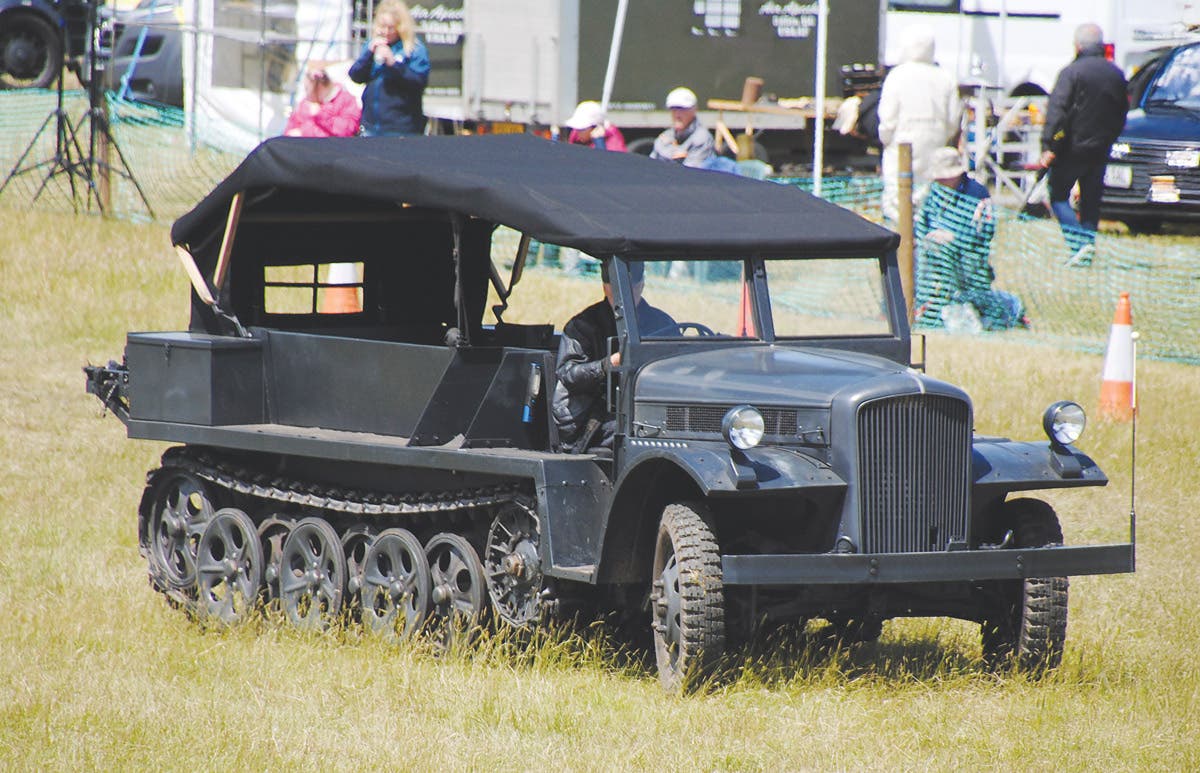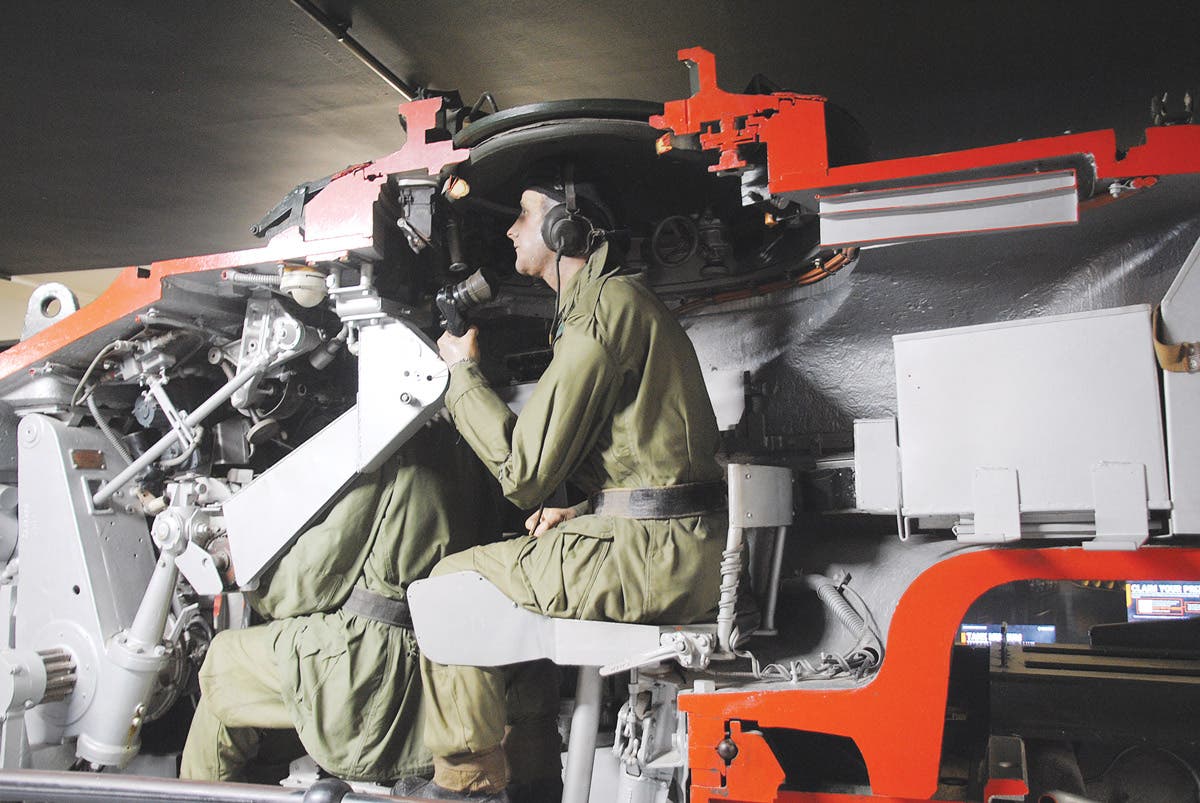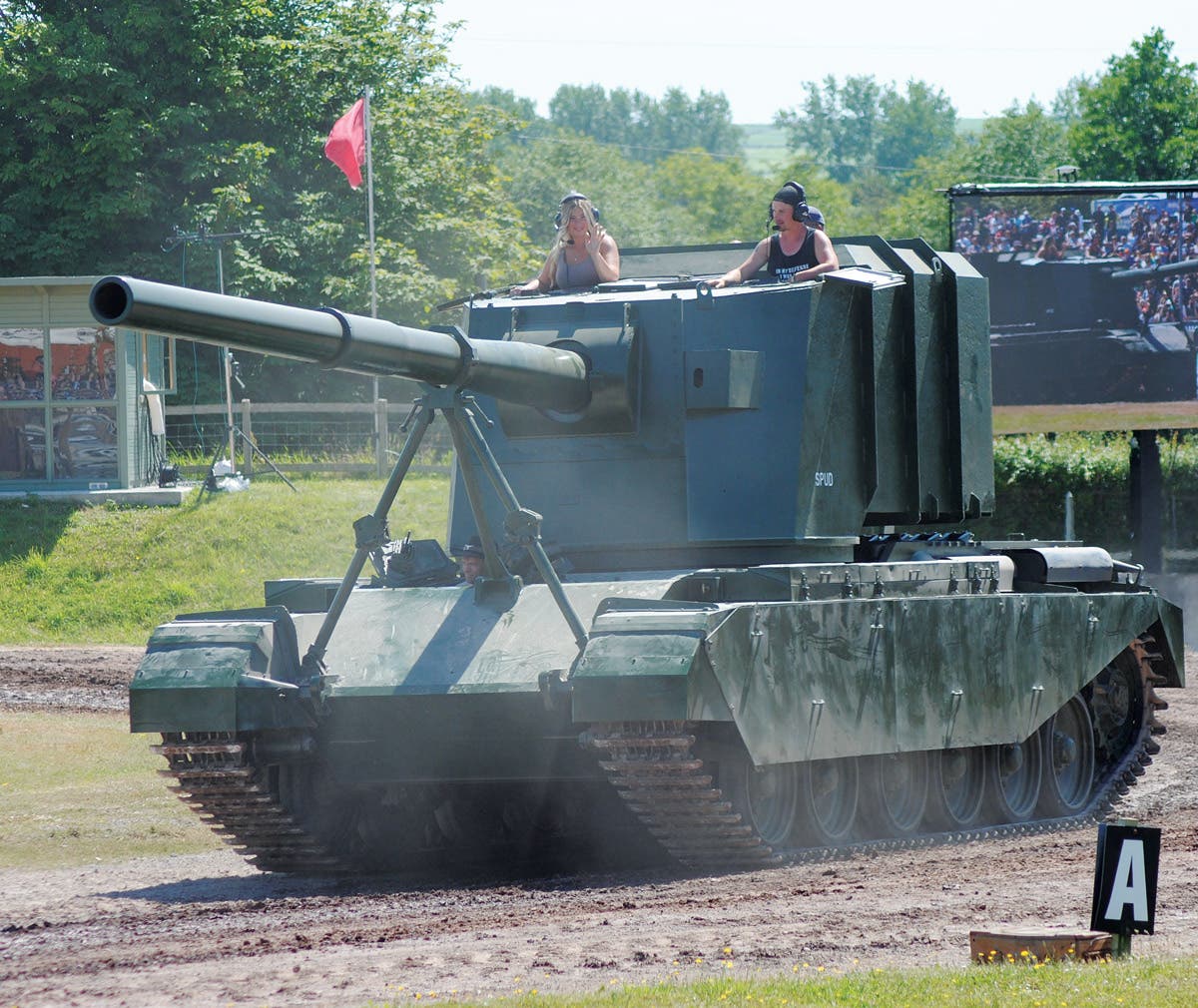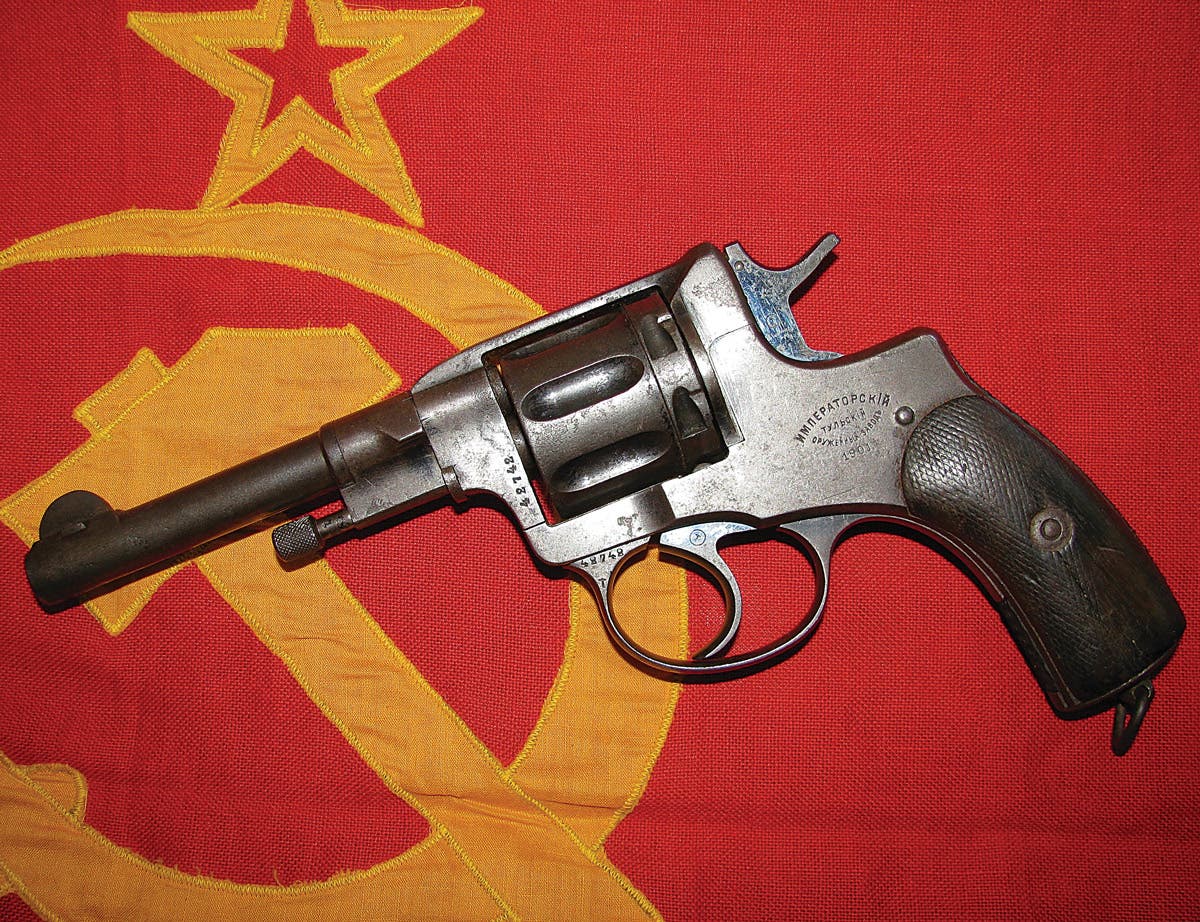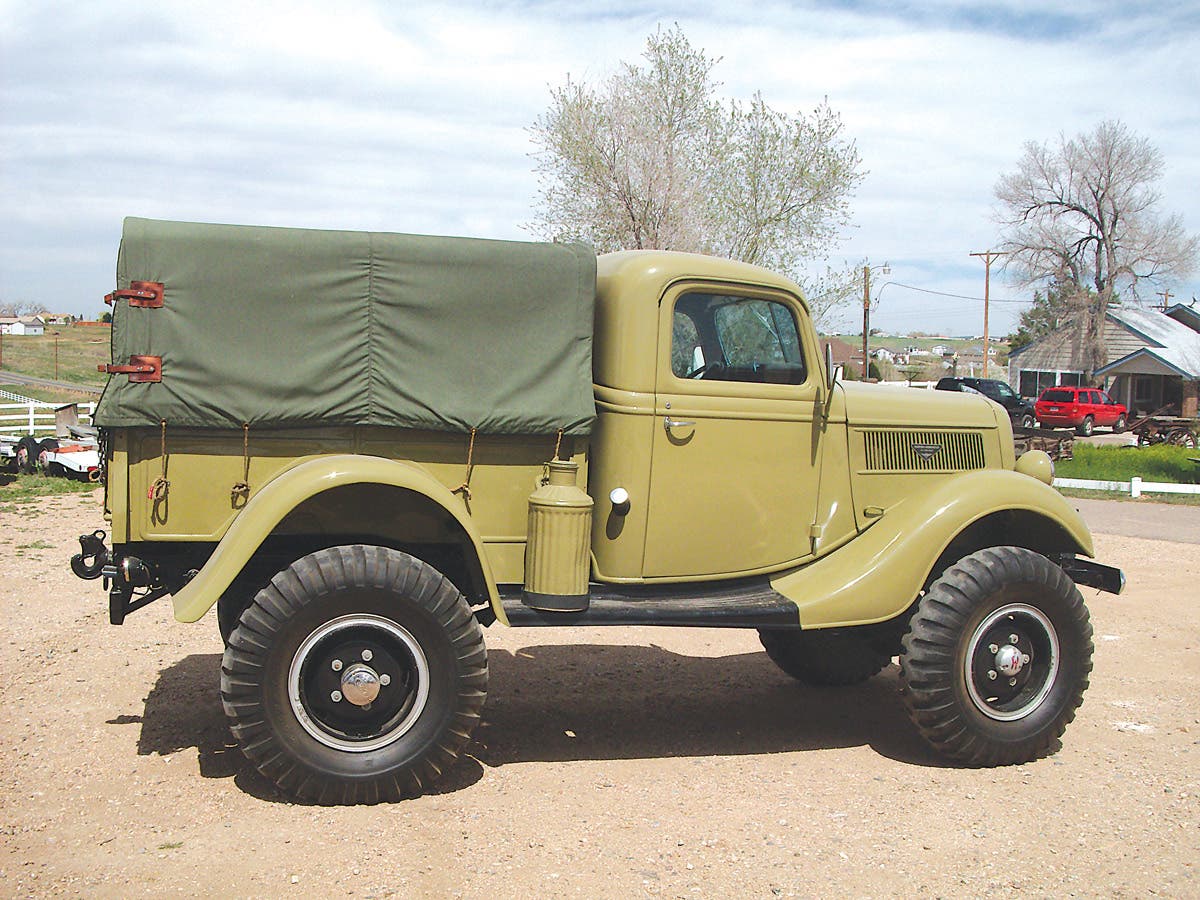All bets on the Austin Champ
When it comes to the Cold War era’s Austin Champ… Don’t count the 1/4 -ton out!
After WWII, many of the Allies’ vehicle designs used during the conflict continued in service. By the late 1940s, however, most countries realized that more modern vehicles would soon be required. As the British army began looking for replacements to update its aging fleet of soft-skinned vehicles, it focused on a worthy stand-in for the Jeep. Even though there was plenty of service life left in the venerable American Jeeps, the British Army envisioned something different.
In 1947, the British Army launched its search for the new vehicle, which it labeled, “Project Car 4X4 5cwt (quarter ton) FV1800 Series.” The Nuffield Organization which owned the subsidiary company of Morris Motors Ltd., produced three prototype vehicles known as the “Nuffield Gutty.”
The Gutty’s extensive field trials revealed the design required a considerable amount of work to resolve problems. A team of engineers from the Fighting Vehicles Research and Development Establishment (FVRDE) at Chobham in Surrey, became involved in the search for a suitable vehicle. Charles Sewell, a very experienced vehicle designer, headed the team.
Between 1950 and 1951, the Birmingham-based company, Wolesley Motors Ltd., produced 30 prototype vehicles. These were known as the “Wolseley Mudlark.” The design was tested and evaluated to identify any other problems.
After further improvements were made to the Mudlark design, the vehicle was accepted and given the military designation, “FV1801(a).” The Army would refer to it as the “Truck 1/4- ton, CT, 4X4, Cargo and FFW, Austin Mk.1.” Ordinary soldiers, however, simply called it the “Champ” a civilian term that proved more popular. The name stuck.
While the motor manufacturing companies of Humber and Leyland were hoping to win the production contract, it was given to the Austin Motor Company (which was in the process of merging with Morris Motors Ltd at the time when the decision was made). The first contract for 15,000 vehicles was finalized on August 1,1951. Austin completed the first production vehicle was exactly one month later on September 1.
Production was undertaken at the company’s factory at Cofton Hackett, near Birmingham, where the entire fleet of Champs continued to be built until May 1956. When production was halted, almost 13,000 Champs had been built, leaving a shortfall of just over 2,000 vehicles from the contract.
THE CHAMP IN SERVICE
The Champ entered service too late to be used during the Korean War, but some vehicles were sent to the war zone where units put them through a series of trials for evaluation. One operational deployment in which the Champ saw service was the short-lived Suez “Crisis” in 1956.
Earlier, in 1953, the French Army evaluated the Champ. The vehicles were each fitted with a one-ton capacity winch for these trials. In the end, the French did not accept the vehicle.
As the British army’s service fleet grew during the Cold War era, Champs were sent to units overseas, including the British Army of the Rhine (BAOR) in West Germany, the Middle East, and Hong Kong. Unfortunately, the Champ never proved to be a popular vehicle with the troops, being prone to toppling over, because it was “top heavy.” It did have some good points, such as having a heater for the crew, but, otherwise, it is not remembered with any affection by National Servicemen who had to endure the difficulties involved with mechanically servicing the vehicle.
WHAT’S IN A NAME?
The letters “CT” in the army terminology was an abbreviation vehicle for CombaT. The FFW stood for “Fitted For Wireless.” In 1956, though, modifications would lead to this changing to FFR to indicate, “Fitted For Radio.”
The Champ was produced in three versions. “WN” was the military version The WN2 version was also a military vehicle, basically the WN1, but fitted with an Austin A90 engine. The Austin A90 was a four-cylinder 2,660cc petrol engine as fitted in the civilian “Atlantic” sports saloon and seen as a less expensive alternative to the Rolls-Royce B40. Records indicate that very few of this version were built, perhaps as few as three and not more than six. The third version was labeled the “WN3.” Around 500 of this civilian version were produced.
CHARACTERISTICS OF A CHAMP
The cargo version of the Austin Champ weighs 3,668 pounds (1.63 tons) unladen and 4,480 pounds (two tons) laden. It measures 12 feet in length, five feet and five inches in width, and just over six feet in height.
Fitted with a Rolls-Royce 2838cc 80hp gasoline engine, it could reach speeds of up to 64mph in 5th gear at 3,750 rpm. It developed a torque rating of 107lb-ft at 2,000 rpm. With a 20-gallon capacity a fuel tank, it had an operational range of some 300 miles on roads. A full synchromesh transmission boasted five forward and five reverse gears.
A snorkel device for the engine was developed for deep water fording in depths of more than six feet. It is understood this device was only ever used by the British Royal Marines who operated 30 vehicles. Another 400 Champs went into service with the Australian army.
Kits were produced to add armor to the vehicle. In the end only around 50 sets of these were produced. Only 42 of these were ever used to test the idea.
Being British manufactured, the Champ is a right-hand drive vehicle. This allows a machine gun to be mounted on a pintle that could be operated by the passenger. The weapon most commonly used was the .303-inch (7.7mm) calibre Bren Gun, but photographs show other weapons, including Vickers machine guns, being mounted.
The vehicle also served as a platform to mount the 106mm RCL anti-tank weapons, but there were not many such configurations. Support weapons, such as 3-inch mortars, could be carried along with ammunition and crews. Some former British service members recall the mortars being fired while in the rear of the vehicle.
When the Land Rover entered military service in the late 1940s, it proved to be much cheaper to produce and more popular with the troops. By the 1950s, the service days of the Champ were numbered. Finally, in the mid-1960s the decision was taken to retire the entire fleet of Champs from service. Thus, by 1966, almost the entire stock of the FV1801 Champ, had been sold as surplus to private owners.
The Champ had been an otherwise unremarkable vehicle in military service, operating in conventional roles such as ambulances, cable-laying duties for communications, but mainly as a cargo truck for moving troops and transporting supplies. The Champ never captured the civilian market, and it seemed that nobody mourned its passing.
It is estimated that there are probably only around 1,000 of these vehicles still left in any kind of suitable condition. Today, more than forty years later, opinions regarding these vehicles have changed. The Champs are now viewed with nostalgia and enthusiasm.
Interest in the the Champ has extended internationally with owners being registered in Australia and New Zealand, across Europe, India, and even in the USA. One of the very rare WN2 versions is known to be in Japan. Examples do come up for sale with prices depending on condition and year of manufacture. Spare parts are not a problem, being available either through specialist websites or at most UK military vehicle shows.
Operational Champs turn up at shows all over the United Kingdom, with one of the largest gatherings being the annual show “Wartime in the Vale” at the “Ashdown WWII Camp” presented by the Ashdown Military Club at Badsey near Evesham (www.ashdowncamp.com). This terrific vehicle event has almost become a convention for the Champ Owners Club, (www.austinchampownersclub.com) which converges to display their vehicles. At this show, owners drive the Champs into the arena to put on a mobility display.
The Champ is one of those vehicles which arouses curiosity. When you talk to an owner, you cannot help but be drawn in and you begin to understand the appeal.
*As an Amazon Associate, Military Trader / Military Vehicles earns from qualifying purchases.




